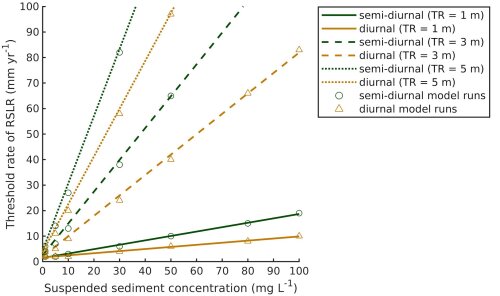Tidal patterns play an important role in the vulnerability of coastal wetlands to climate change
Coastal wetlands, like tidal marshes and mangroves, are facing the impact of rising sea level. Interestingly, the observed vulnerability of the wetlands to sea level rise is highly variable on the global scale, and scientists have put significant effort in understanding the drivers for this global variation.A new study has now identified tidal patterns as an important driver.
A scientific consortium led by University of Antwerp researcher Jean-Philippe Belliard (Global Change Ecology Centre, research group EcoSphere), has now discovered that the different patterns of tides around the world play a role. They found that wetlands with a daily pattern of high and low tides (diurnal tides) are more vulnerable to rising sea levels compared to those with a pattern of high and low tides every half day (semi-diurnal tides).
This means that the pattern of tides is an important factor in how wetlands adapt to rising sea levels, that was previously neglected. The authors encourage the wetland community to further look into the pattern of tides as it may drive other key ecosystem functions and services offered by coastal wetlands.

Vulnerability of coastal wetlands to sea level rise. Green lines represent wetlands with a semi-diurnal tide, light brown lines have a diurnal tide. At three different tide amplitudes (tide height), it appears that the wetlands with a diurnal tide are most vulnerable to sea level rise (the brown line lies below the green, indicating a lower threshold for vulnerability).